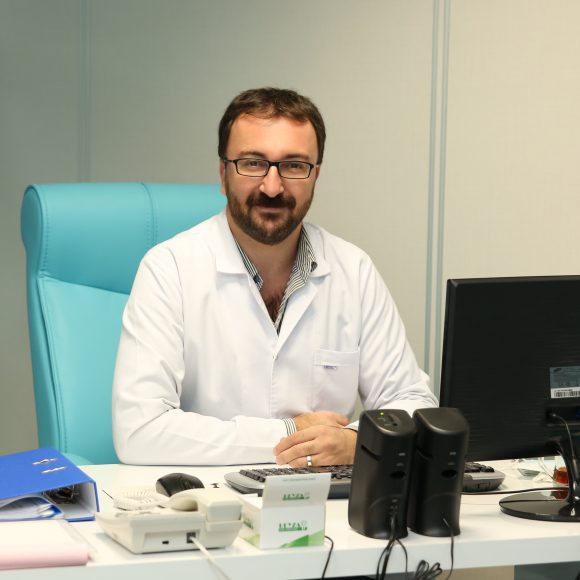**Endodontics** is a branch of dentistry focused on treating the soft tissue (pulp) located inside the tooth, which contains blood vessels, nerves, and connective tissue. The most well-known procedure in endodontics is **root canal treatment**.
Commonly referred to as “removing the nerve of the tooth,” this procedure involves cleaning the infected or inflamed pulp, disinfecting the canal spaces, and filling them with special materials. Endodontics allows for the preservation of teeth that would otherwise need to be extracted.
In this respect, it holds great importance both functionally and aesthetically. Thanks to root canal treatment, the natural tooth remains in the mouth, potentially delaying or completely eliminating the need for a dental prosthesis.
What Is Dental Pulp and Why Is It Important?
The pulp, located in the center of the tooth, is rich in nerves and blood vessels. It gives the tooth vitality and allows it to respond to stimuli such as heat and cold. However, the pulp can be damaged in certain situations:
- Deep cavities
- Trauma to the tooth
- Cracked or fractured teeth
- Chronic teeth grinding (bruxism)
- Traumatic orthodontic movement
When bacteria reach the pulp due to these conditions, infection occurs. Infected pulp cannot heal on its own. If left untreated, the infection spreads to the root tip, causes abscess formation, and may even damage the jawbone.
What Does an Endodontist Do?
An endodontist, or a dentist specialized in endodontics, treats root canals with precision under a microscope. When root canal treatments performed by general dentists fail, endodontists are involved for complex and advanced cases.
Treatments performed by an endodontist include:
- Primary root canal treatment
- Root canal retreatment
- Apical resection (surgical intervention)
- Management of dental trauma
- Pulp capping and vital pulp therapies
How Is Root Canal Treatment Performed?
Root canal therapy is the most common procedure in endodontics and is performed in the following steps:
- Anesthesia: The tooth is numbed using local anesthesia.
- Access to the Pulp: The top of the tooth is opened to reach the pulp chamber.
- Cleaning: The infected or damaged pulp tissue is removed.
- Shaping: The root canals are enlarged and shaped using special instruments.
- Disinfection: The canals are thoroughly disinfected with antiseptic solutions.
- Filling: The cleaned canals are filled with a biocompatible material called gutta-percha.
- Restoration: The top of the tooth is restored with a filling, inlay-onlay, or a porcelain crown, if needed.
Root canal treatment usually takes 1 to 3 sessions, depending on the condition of the tooth, the extent of the infection, and the patient’s overall health.
What Happens After Root Canal Treatment?
Mild discomfort or pressure on the tooth is normal for a few days after endodontic treatment. However, if symptoms like:
- Severe pain (flare-up)
- Swelling and throbbing
- Fever or difficulty chewing
occur, it’s important to contact your dentist. In rare cases, the treatment may fail. In such situations, retreatment or a surgical procedure through the root tip may be required.
Why Is Endodontics Important?
Endodontics is not just a treatment method but a vital procedure for preserving natural teeth. It allows the tooth to remain functional and aesthetically pleasing without extraction. It also helps reduce the need for expensive procedures like bridges, implants, or prosthetics.
For this reason, when faced with an infected or painful tooth, endodontic treatment should be the first option—if possible, the tooth should be saved instead of extracted.


 TR
TR




